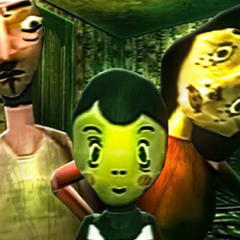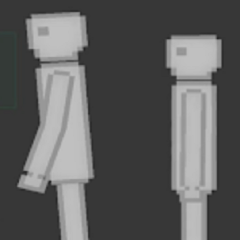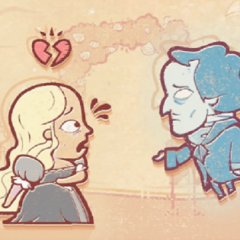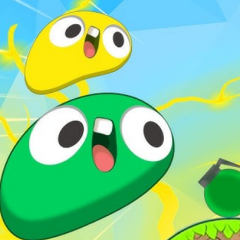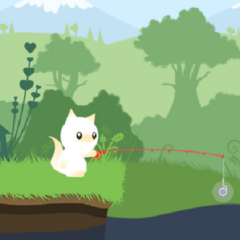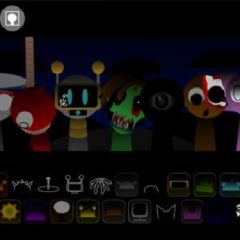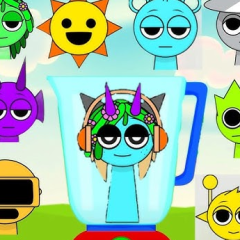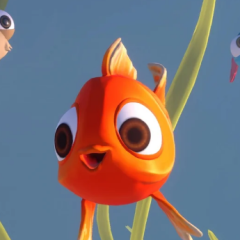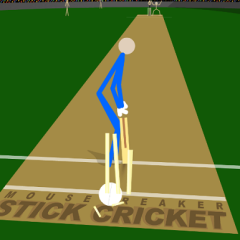Talking Ben is a virtual pet game where players interact with a retired chemistry professor named Ben, who is also a talking dog. The gameplay revolves around conversations, reactions, and various activities that unfold depending on how the player engages with him. At first, Ben appears to be quiet and uninterested, reading his newspaper at a desk. However, once the player gains his attention, he responds with facial expressions, voice mimicry, and a limited set of interactive behaviors.
Interaction and Behavior
Players can tap on Ben to provoke different reactions or speak to him through the microphone. Ben will repeat what the player says in his own voice, often altering the tone slightly. His responses can vary depending on his mood or activity, creating a loop of casual interaction. The game includes a phone feature that allows simulated conversations with Ben, during which he answers questions with short phrases or laughs. Though the replies are pre-set, they mimic the structure of real dialogue, which adds to the sense of communication.
In-Game Features and Options
The following are the main elements of gameplay:
· Talking and listening interactions using a microphone
· Physical responses triggered by tapping or poking
· Chemistry lab mini-game where players mix substances
· Option to record and share videos of interactions
· Ben’s changing behavior based on how long he is left alone
These features give players the ability to experiment with how Ben reacts to different stimuli. The lab activity offers a break from basic conversation by adding visual reactions through chemical combinations. Repeated engagement reveals more of Ben’s personality and encourages players to keep testing his limits.
Tone and User Experience
Despite its simple structure, Talking Ben creates a surprising range of experiences through repeated use. The contrast between Ben’s disinterest at the start and his unpredictable behavior later adds a layer of curiosity. While most of the interactions are light, some players interpret the pauses and silent reactions in different ways, which has led to a variety of interpretations in user communities. The game allows open-ended interaction, giving players control over how the session progresses.
Talking Ben functions both as a toy and a simple experiment in digital communication. It builds its core experience through minimal mechanics and a single animated character. Players return not because of goals or achievements, but to see what happens next. This makes Talking Ben a persistent part of the digital pet genre with a focus on interaction over progression.





